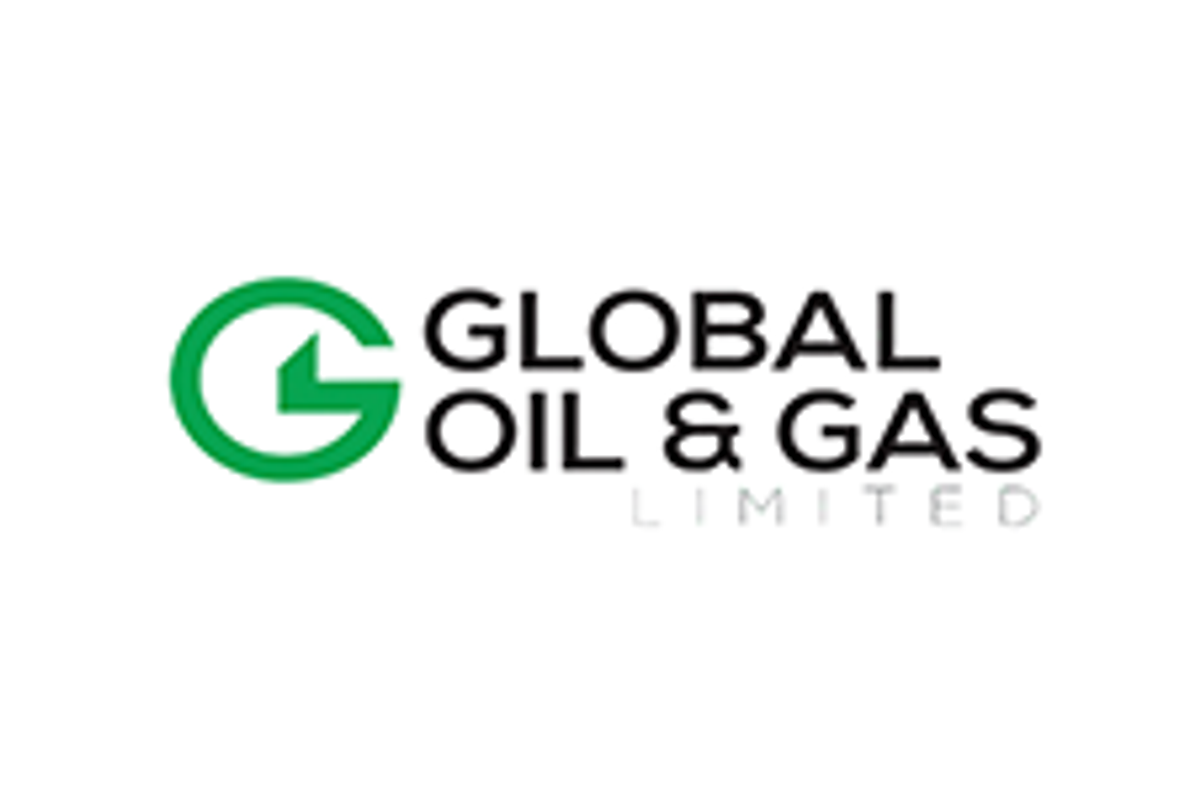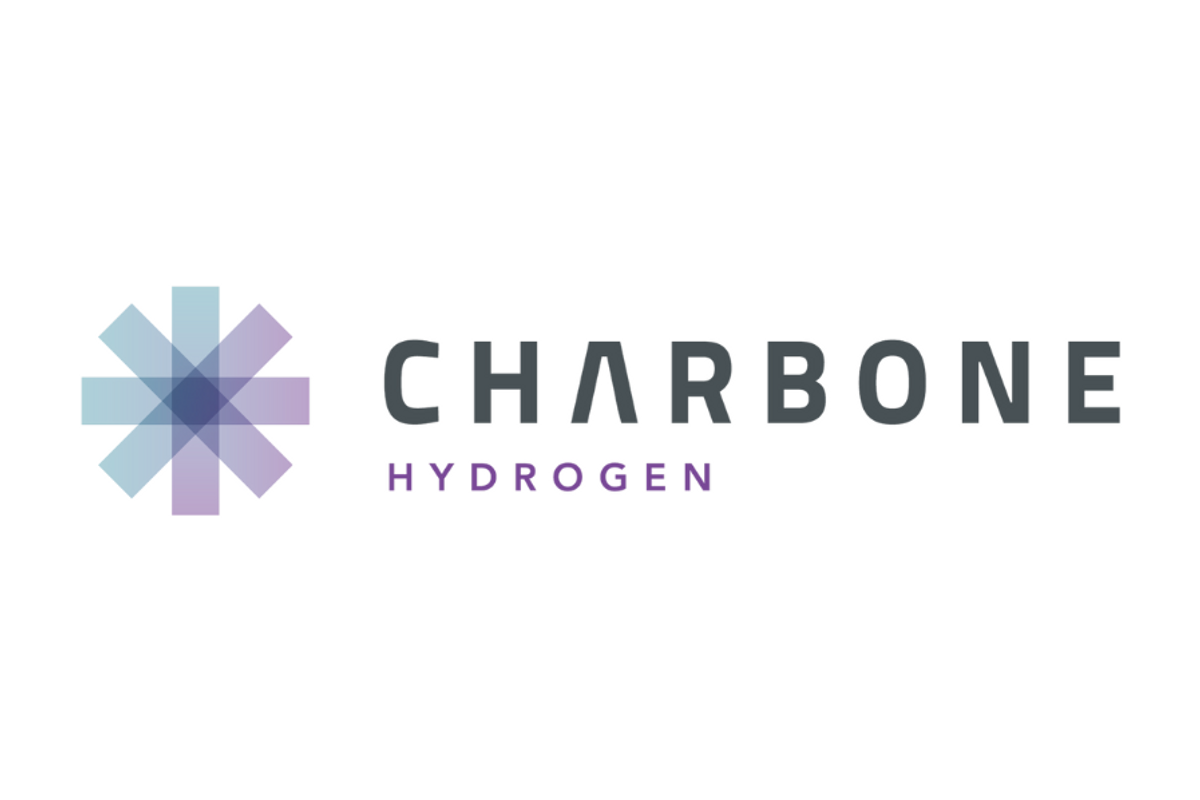
October 19, 2023
Global Oil & Gas (ASX:GLV) focuses on developing its Tea LXXXVI oil and gas block in Peru, within the Tumbes-Progreso basin and near the prolific Talara basin. The project’s hydrocarbon exploration potential leverages Peru’s long history as an oil and gas producer, which dates back to the late 19th century when the country drilled its first well more than 150 years ago.
The Tea LXXXVI project comprises a 4,858-square-kilometer oil and gas block in proven offshore hydrocarbon-bearing basins in Peru, including the prolific Talara basin. Offshore, Peru remains dramatically underexplored and has immense potential for hydrocarbon plays.

The TEA LXXXVI Project includes the Corvina oil field which generated past production rates of up to 4,000 barrels of light oil per day. In the south is the Talara basin, which is one of the most productive basins in Peru having produced more than 1.6 billion barrels of oil. To the southeast is the Alto-Pena Negra oil field, one of Peru’s most productive fields, currently producing around 3,000 barrels of oil per day and with a total historical production of more than 143 million barrels of oil.
The project benefits from excellent infrastructure, including a refinery that is only 70 kilometers away.
Company Highlights
- Global Oil & Gas Ltd. is an Australia-based oil & gas exploration company focused on developing its recently acquired oil and gas block in Peru, TEA LXXXVI
- The TEA LXXXVI project comprises a 4,858 square-kilometer oil & gas block in proven hydrocarbon-bearing basins offshore including the prolific Talara basin (1.6 billion barrels produced, so far). GLV holds an 80 percent interest in the asset with the remaining 20 percent held by US-based oil & gas exploration company, Jaguar Exploration.
- The block is in proximity to multiple historic and current producing oil & gas fields. This includes the Corvina oil field, producing 4,000 barrels of oil per day, and the Alto-Pena Negra oil field which is currently producing around 3,000 barrels of oil per day, along with a total historical production of more than 143 million barrels of oil. This increases confidence regarding the hydrocarbon exploration potential of TEA LXXXVI.
- The company is undertaking a detailed work program on the project, including 3D seismic data processing, and geological and geophysical studies. This should help GLV generate certified prospective resources along with three to four drill-ready targets over the next 12-18 months.
- A world-class technical team with more than 200 years of collective experience was appointed by GLV to develop and advance the TEA LXXXVI offshore block.
- The company's other projects include the Georgina Basin project (EP-127) and the Sasanof Prospect (WA-519-P).
- EP-127 is located in the Southern Georgina Basin in the Northern Territory. The Basin covers more than 100,000 square kilometers in the Northern Territory and the western part of Queensland. This basin is one of the most prospective onshore basins in Australia with potential for both very large conventional and unconventional oil and gas deposits.
- The Sasanof Prospect is located in permit WA-519-P, where GLV holds a 25 percent interest. The Sasanof Prospect covers an area of up to 400 square kilometers and is estimated to contain a 2C prospective resource of 7.2 trillion cubic feet of gas and 176 million barrels of condensate.
This Global Oil & Gas profile is part of a paid investor education campaign.*
Click here to connect with Global Oil & Gas (ASX:GLV) to receive an Investor Presentation
GLV:AU
The Conversation (0)
21h
Oil and Gas Market Forecast: Top Trends for Oil and Gas in 2026
The oil and gas market was punctuated with volatility in 2025. Oil prices softened as supply outpaced demand and inventories built. Brent and West Texas Intermediate (WTI) crude slipped in late 2025, with Brent dipping below US$60 per barrel and WTI hovering at US$55.Production increases from... Keep Reading...
16 December
CHARBONE Confirms the Official Start of Commercial Production of Clean UHP Hydrogen in Sorel-Tracy
(TheNewswire) Brossard, Quebec TheNewswire - December 16, 2025 CHARBONE CORPORATION (TSXV: CH,OTC:CHHYF; OTCQB: CHHYF; FSE: K47) (" CHARBONE " or the " Company "), a North American producer and distributor specializing in clean Ultra High Purity (" UHP ") hydrogen and strategic industrial gases,... Keep Reading...
16 December
CHARBONE confirme l'entree officielle en production commerciale d'hydrogene propre UHP a Sorel-Tracy
(TheNewswire) Brossard, Quebec TheNewswire - le 16 décembre 2025 CORPORATION CHARBONE (TSXV: CH,OTC:CHHYF; OTCQB: CHHYF; FSE: K47) (« CHARBONE » ou la « Société »), un producteur et distributeur nord-américain spécialisé dans l'hydrogène propre Ultra Haute Pureté (« UHP ») et les gaz industriels... Keep Reading...
15 December
Angkor Resources Signs Letter of Intent to Sell Evesham Oil Production
(TheNewswire) GRANDE PRAIRIE, ALBERTA TheNewswire - December 15, 2025 - Angkor Resources Corp. (TSXV: ANK,OTC:ANKOF) ("ANGKOR" OR "THE COMPANY") is pleased to announce that it has entered into a binding Letter of Intent ("LOI") with an arm's length party (the "Purchaser") to sell its 40%... Keep Reading...
12 December
Syntholene Energy
Syntholene Energy is a Canada-based mineral exploration company. It is focused on the exploration and development of the Iron Lake Project which comprises 21 mineral claims totaling 8,035 hectares. Keep Reading...
10 December
Syntholene Energy Announces Completion of Reverse Takeover
Syntholene Energy Corp. (TSXV: ESAF) (formerly, GK Resources Ltd.) (the "Company" or "Syntholene") is pleased to announce that, further to its news releases dated May 6, 2025, May 16, 2025, July 9, 2025, September 18, 2025, November 18, 2025 and December 3, 2025, it has completed the acquisition... Keep Reading...
Latest News
Interactive Chart
Latest Press Releases
Related News
TOP STOCKS
American Battery4.030.24
Aion Therapeutic0.10-0.01
Cybin Corp2.140.00



